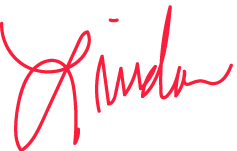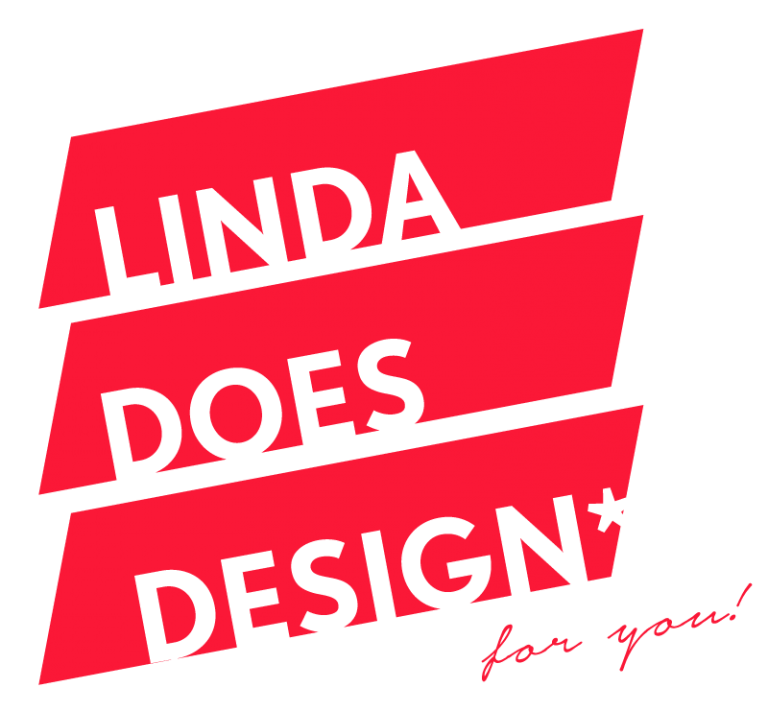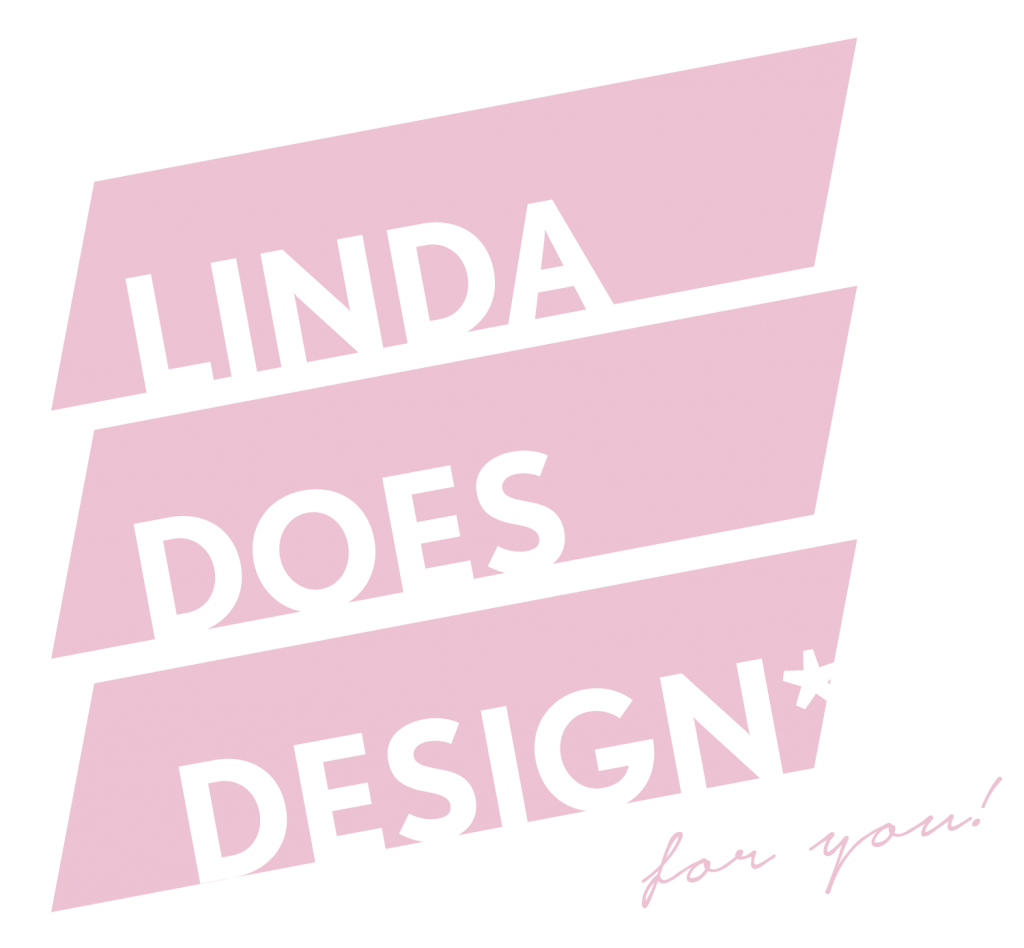
Hey, Linda!
I’ve worked with web designers in the past, and they always used language that confused me. What words do I need to understand in order to understand building a website?
—Puzzled by Parlance
Hey, Linda! is my weekly advice column. Submit questions here. (It’s anonymous!)
Dear Puzzled by Parlance,
I hate jargon. Loathe. Despise! But sometimes, on rare occasions when it can actually help us communicate more effectively, it’s called for! It’s the only thing that will work for the moment, other than hand gestures and pointing (visuals are faster at communicating an idea 99% of the time).
So short answer: yes. I’ll use some jargon. But long answer? Below! Once you know a term, it’s not jargon anymore; now, it’s a helpful term to help us communicate. So here are some terms it will be helpful to know (though you can always ask!)
This post is going to be about parts of a website. If you’re looking for more technical terms, check out the Tech Glossary right this way.
So, let’s start at the top!

Header
The header is the top section of a website. It contains your logo and usually the menu. Sometimes it contains contact information or social media links. Simple is better - the header is there to help orient your visitors and help them get to the information that they are looking for.

MENU (Nav Bar or Site Navigation)
Usually part of the header, the menu is a collection of links that allows visitors to travel around your site. Current marketing trends suggest that shorter menus work well to help direct people where YOU want them to go (everything else should go in the footer).
On mobile sites, the menu often condenses into three lines, called a hamburger menu. When you click on one of these, you’ll get a drop-down menu or a full-page menu pop-up. Some desktop sites are using this option to simplify their home pages.
And then there are mega menus. Mega menus exist on complex sites with lots of pages, so that you can easily find your way around. Check out Girlfriend Collective or your favorite retailer to see a mega menu in action. Chances are, when you hover over a menu item, you get a large, full screen drop down that details many sections and the subsections underneath. Some people love’m, some don’t. I find that mega menus can be very helpful on ecommerce sites

HERO IMAGE or SECTION
The hero image is the main image or section on your website, right below the header. It’s usually a full width image that also contains a headline and a call to action. The hero section is your chance to let your visitor know exactly what you do or sell. And it should do so quickly - our attention spans keep getting shorter! Boomers are said to have a five-second attention span when we get to a website. Millennials have four seconds; Gen Z has three.

Above the Fold
A holdover from the newspaper age, above the fold refers to what a visitor sees on the screen without scrolling. It should let the visitor know where they are and what they are looking at - in less than 3 seconds!

Call to Action
A Call to Action is a button or a link that invites the user to do something: read more, contact you, explore the work, etc. The best CTAs are specific, use a conversational tone, and direct a visitor to clearly do something, while providing them with value. CTAs are key in helping visitors navigate your website.
Many people will stop exploring if not invited via a CTA to do something else. These calls to action are beneficial for you (they keep visitors on your site!) and to your visitors (they help them find information they are interested in). Don’t neglect them! Each page should have one strong CTA at the bottom to keep a visitor moving through your website.

Opt-in
An opt-in is a short form that allows you to collect a visitors website address, usually in exchange for something of value to the visitor. Opt-ins usually include an interested header, a short subheader, and a short form to collect an email.
Some marketers argue that you should put your opt-in right at the top of the page, though I don’t subscribe to that philosophy. Based on my own web browsing behaviors and that of countless others, I find opt-ins to be most effective near the bottom of your website. Take the time to show your expertise first and convince them that they want more, from you. Information is free all over the place on the internet: why should they let you into their already cluttered inbox?

Footer
The footer is the companion to the header and lives at the bottom of each page. It’s sometimes called the junk drawer, because it’s a great place to keep links to all the things on your website that you’d like your visitor to have easy access to, but tucked away, not cluttering your header.
FOOTER
The footer is the companion to the header and lives at the bottom of each page. It’s sometimes called the junk drawer, because it’s a great place to keep links to all the things on your website that you’d like your visitor to have easy access to, but tucked away, not cluttering your header.
And, there you have it! The main parts of a website. Of course, websites can and do have many more working parts, some of which you can find over in the Tech Glossary. And, if you have a more specific question, reach out!

Til Next Time,






